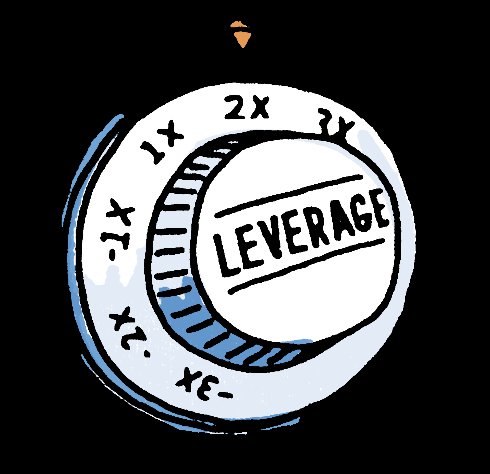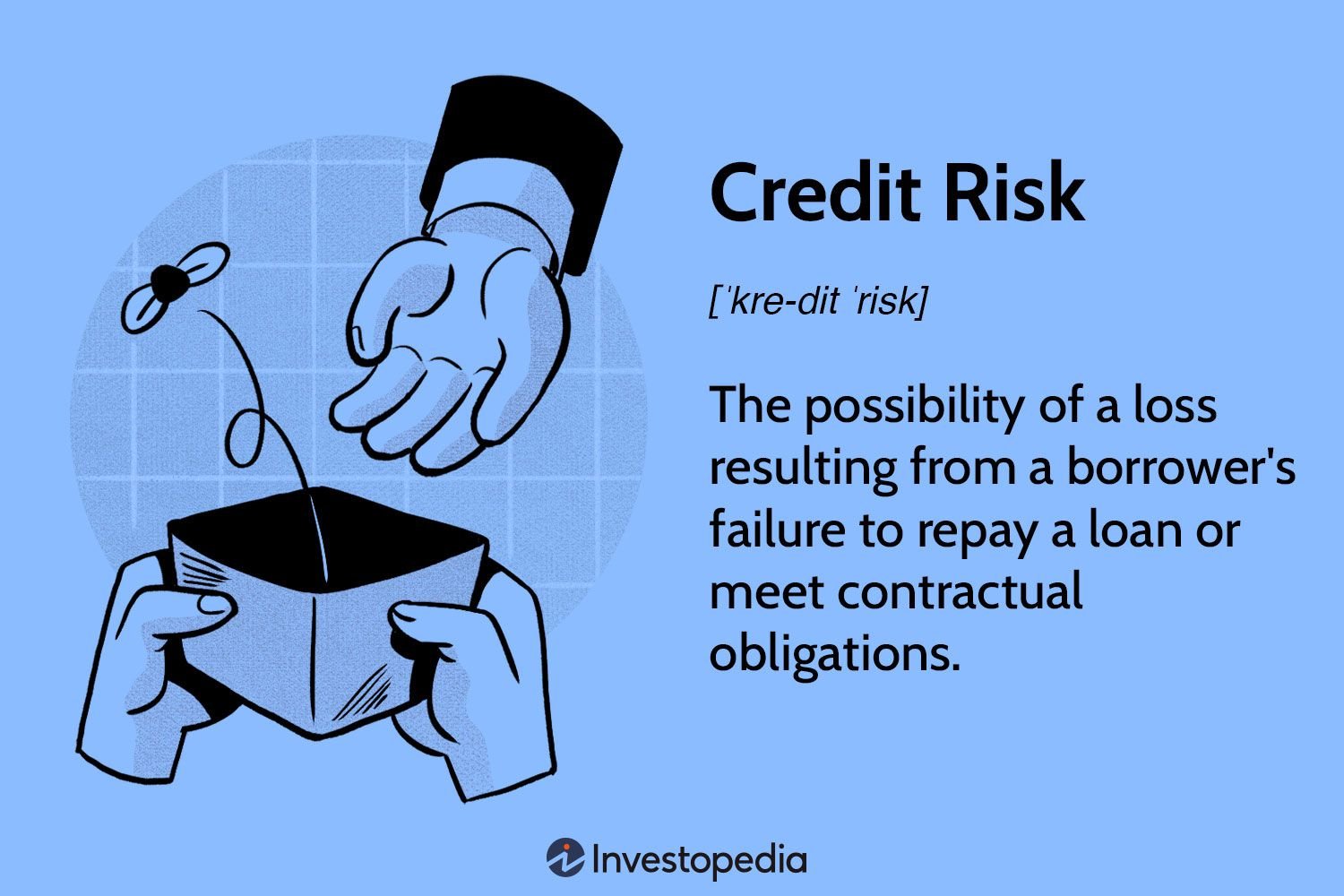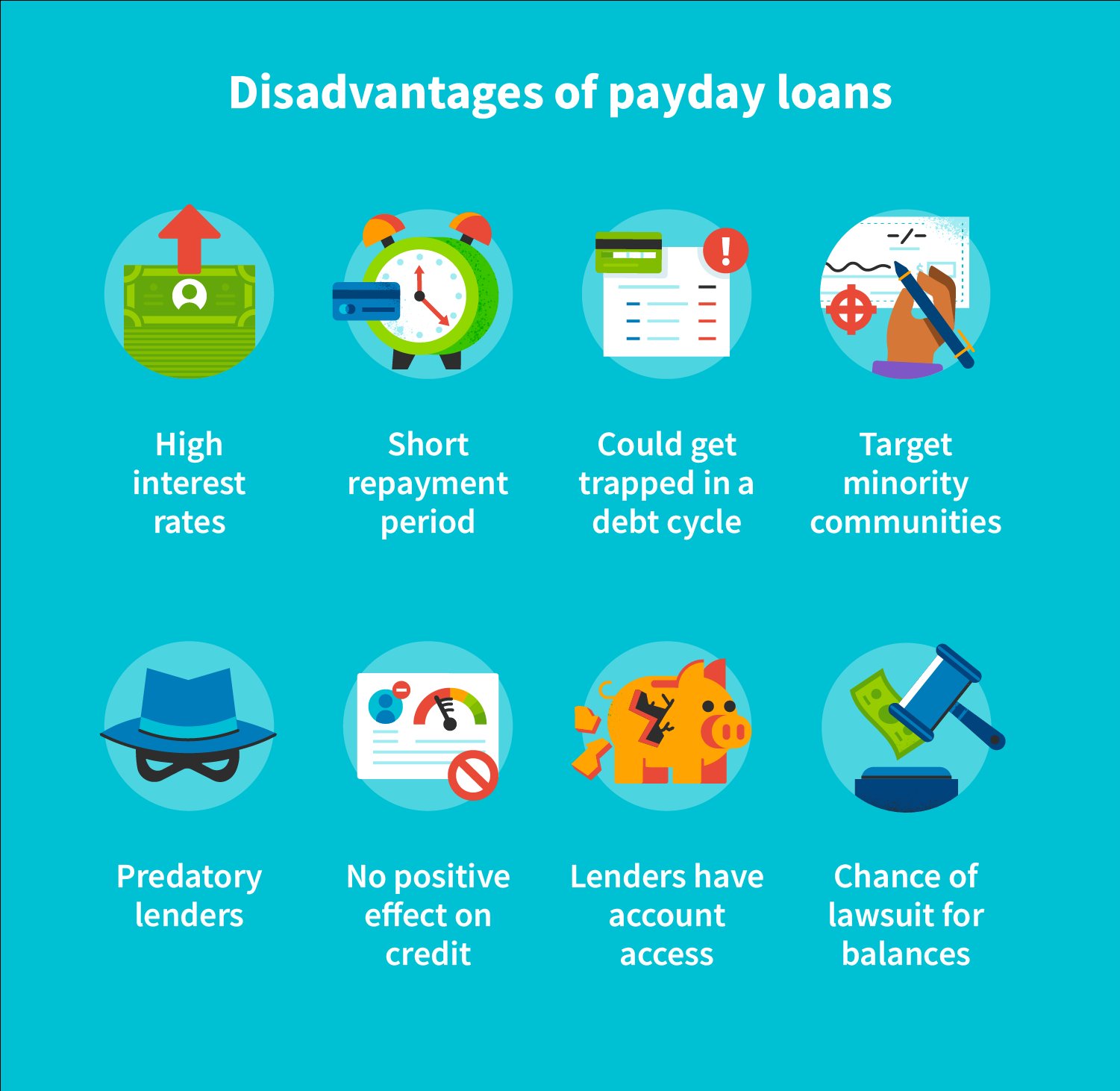What are inverse ETFs and their risks? In simple terms, inverse ETFs are exchange-traded funds designed to provide the opposite returns of a particular index or asset. While these products can be appealing for investors looking to profit from downward market movements, they also come with inherent risks that need to be carefully considered. Understanding the potential dangers associated with inverse ETFs is crucial for anyone considering incorporating them into their investment strategy. So, let’s explore the intricacies of inverse ETFs and shed light on the risks involved.
What Are Inverse ETFs and Their Risks
An inverse ETF, also known as a Short ETF or Bear ETF, is a type of exchange-traded fund that aims to generate profits from the decline in the value of an underlying index, asset, or benchmark. Unlike traditional ETFs that aim to replicate the performance of a particular index or asset, inverse ETFs are designed to provide the opposite return, magnifying the inverse movement.
Investors who are bearish on a specific asset or market segment can use inverse ETFs to profit from potential downturns. These ETFs can be an effective tool for hedging against market volatility or for implementing short-term trading strategies, but they come with their own set of risks and considerations that investors need to understand.
The Mechanics of Inverse ETFs
Inverse ETFs achieve their objective by utilizing various financial instruments such as derivatives, options, futures contracts, and swaps. These instruments enable the ETF to generate returns that are negatively correlated to the performance of the underlying benchmark.
For example, if an investor expects the price of a specific stock index to decrease, they can invest in an inverse ETF that seeks to deliver the opposite return. When the index declines by a certain percentage, the inverse ETF should provide a corresponding positive return, magnifying the inverse movement.
It’s important to note that inverse ETFs are designed to generate daily returns inversely proportional to the daily performance of their underlying benchmark. The performance of inverse ETFs over longer periods may deviate from the expected inverse return due to factors such as compounding and market volatility.
Risks Associated with Inverse ETFs
While inverse ETFs can be a useful tool for certain investment strategies, they also carry several risks that investors should carefully consider before incorporating them into their portfolios. Here are some of the key risks associated with inverse ETFs:
1. Volatility and Compounding Effects
Inverse ETFs are designed to deliver inverse returns on a daily basis. However, their performance over longer periods can deviate significantly due to the compounding effect. The compounding effect arises because the inverse ETF resets its exposure on a daily basis, which can lead to magnified losses if held for an extended period, especially in volatile markets.
For example, if an inverse ETF seeks to deliver twice the inverse return of an underlying index, it may not necessarily generate precisely twice the return over an extended period due to compounding. The compounding effect can work against investors if the underlying index experiences sharp fluctuations, resulting in losses beyond what might be expected based on the daily inverse return.
2. Timing and Market Predictions
Investing in inverse ETFs requires accurate timing and market predictions. As these ETFs aim to profit from downward movements, investors need to correctly anticipate and time market declines. Failure to accurately predict market movements can lead to losses or missed opportunities.
Moreover, investing in inverse ETFs for extended periods assumes that the market will experience a sustained downturn. However, markets tend to have cyclical patterns, and prolonged periods of decline may be followed by periods of recovery. Investors who hold inverse ETFs during market recoveries may experience losses instead of gains.
3. Liquidity and Trading Costs
Inverse ETFs, like other ETFs, are subject to liquidity risk. Some inverse ETFs may have lower trading volumes and larger spreads, which can result in higher transaction costs. Additionally, holding inverse ETFs for longer periods might incur higher expense ratios and management fees that can eat into the overall returns.
It’s essential for investors to carefully consider the liquidity and trading costs associated with specific inverse ETFs before making investment decisions. They should also assess the bid-ask spreads and average daily trading volumes to ensure sufficient liquidity for their desired investment amounts.
4. Tracking Error
Tracking error refers to the difference between the performance of the inverse ETF and its underlying benchmark. Inverse ETFs are subject to tracking errors due to the use of derivatives, rebalancing, and other factors. These tracking errors can result in deviations from the expected inverse return, especially over longer periods.
Investors should evaluate the historical tracking error of an inverse ETF to gauge its accuracy in delivering the intended inverse return. Higher tracking errors can erode potential gains or amplify losses, so it’s crucial to choose inverse ETFs with lower tracking errors.
5. Complexity and Education
Inverse ETFs involve more complexity compared to traditional ETFs. They rely on derivatives and other financial instruments, making them less straightforward for novice investors. It’s important for investors to educate themselves about the mechanics, risks, and potential rewards of inverse ETFs before investing.
Investors should thoroughly read the prospectus and understand the investment objectives, strategies, and risks associated with a specific inverse ETF. They may also consider seeking advice from a financial professional who can provide guidance based on their individual risk tolerance, investment goals, and market outlook.
It’s worth noting that inverse ETFs may not be suitable for long-term, buy-and-hold investors. These ETFs are primarily designed for short-term trading strategies, hedging purposes, or as tactical tools to profit from market downturns.
Inverse ETFs can be a valuable addition to an investor’s toolkit, allowing them to profit from market declines or hedge against potential losses. However, investors must be aware of the risks associated with these ETFs, including volatility, compounding effects, timing challenges, liquidity concerns, tracking errors, and complexity. Investing in inverse ETFs requires a deep understanding of the underlying assets, market conditions, and short-term trading strategies. By carefully considering these risks and conducting thorough research, investors can potentially use inverse ETFs to their advantage.
What Are Leveraged and Inverse ETFs and ETNs & How Do They Work?
Frequently Asked Questions
Frequently Asked Questions (FAQs)
What are inverse ETFs?
Inverse ETFs, also known as exchange-traded funds, are investment vehicles that aim to generate returns that are the opposite of a specific index or benchmark. These funds use various financial derivatives, such as futures contracts or options, to achieve their inverse performance.
How do inverse ETFs work?
Inverse ETFs work by using leverage and derivatives to provide investors with inverse exposure to a particular index or asset class. For example, if an inverse ETF tracks the S&P 500, it will seek to deliver the opposite of the benchmark’s performance. If the index declines by 1%, the inverse ETF should increase by 1%.
What are the risks associated with inverse ETFs?
Inverse ETFs carry several risks that investors should be aware of. Some of the risks include compounding risk, tracking error, and volatility risk. These factors can cause the performance of inverse ETFs to deviate from the inverse performance of the underlying index over time.
What is compounding risk in inverse ETFs?
Compounding risk refers to the potential for inverse ETFs to experience amplified losses or diminished gains due to the daily resetting of their target leverage. Over time, compounding effects can lead to results that significantly differ from the expected inverse return of the underlying index.
What is tracking error in inverse ETFs?
Tracking error is a measure of how closely an inverse ETF’s performance aligns with the inverse performance of its underlying index. Due to factors such as management fees, transaction costs, and liquidity issues, inverse ETFs may deviate from their intended inverse exposure, resulting in tracking errors.
Why should investors be cautious when investing in inverse ETFs?
Investors should exercise caution when investing in inverse ETFs due to the potential for magnified losses and increased volatility. These products are designed for short-term trading or hedging strategies rather than long-term investments. Holding inverse ETFs for extended periods can expose investors to substantial risks.
Can inverse ETFs be used as a hedge against market downturns?
Yes, inverse ETFs can be utilized as a hedge against market downturns as they aim to provide investors with inverse exposure to a specific index or sector. By owning inverse ETFs, investors can potentially offset losses in their traditional long positions during market declines.
Are inverse ETFs suitable for all investors?
Inverse ETFs are not suitable for all investors, especially those with a long-term investment horizon or those seeking low-risk investments. These funds are better suited for experienced traders or investors who actively manage their portfolios and have a clear understanding of the associated risks and strategies.
What are some alternatives to inverse ETFs?
There are alternative investment strategies available to investors seeking downside protection or inverse exposure. These include options contracts, short-selling individual stocks or ETFs, or considering alternative asset classes such as bonds or precious metals. It is important to evaluate these alternatives based on individual investment goals and risk tolerance.
Final Thoughts
Inverse ETFs, as their name suggests, are investment vehicles that aim to generate returns that are opposite to the performance of their underlying index or asset. While they can be a useful tool for hedging or capitalizing on market downturns, they come with their fair share of risks. One risk is the potential for amplified losses due to the compounding effect of daily returns. Additionally, inverse ETFs may not perfectly track the inverse performance of the underlying asset over longer periods, leading to deviations. It is crucial for investors to understand these risks and carefully evaluate their investment objectives and risk tolerance before considering inverse ETFs.



